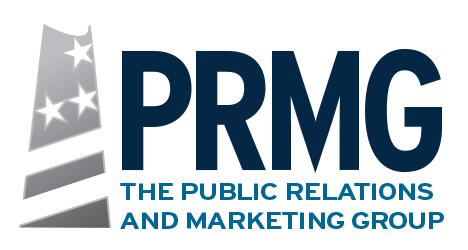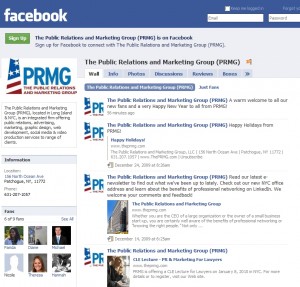
Wikipedia defines Search Engine Optimization (SEO) as the process of improving the volume or quality of traffic to a Web site from search engines through search results. Usually, the higher a site ranks in search results, the more traffic it receives from search engines.
In simple words, SEO is mostly based on three steps:
• Identifying a profitable key phrase
• Creating content around the key phrase
• Building backlinks around the key phrase and other relevant content
Backlinks are clickable words, phrases or images that take a user from one Web page to another. While quality and not just quantity of the links is important, more and more backlinks to your site can help improve your search engine rankings.
Traditionally, SEO has only been associated with marketing and Web development, with a focus on Web site usability and architecture. While optimizing Web copy, graphics and multimedia files for search engines is important, most organizations ignore the importance of public relations in driving SEO results.
Here are a few PR tips and techniques that can be used to achieve better SEO results:
News Releases
With most journalists increasingly looking online for information, e-mail pitches alone are not very effective. By posting the latest news releases about your company on online news distribution services and your Web site, you can ensure that journalists can easily access newsworthy information about your company.
Besides journalists, most consumers and other target audiences use the Web as their primary source of information. This has changed the traditional public relations practice of distributing press releases exclusively to the media. Press releases can now serve as a great tool to directly reach your target audience with the latest news and information about your company or organization, and direct them to your product or service.
PRMG uses free online press release services like PRlog.org to ensure that your latest announcement reaches not just the media, but also your target audience when they look for you or a relevant phrase associated with you online. PRLog distributes press releases to search engines, including Google News. So when someone searches for your company or organization, the latest information about you can be easily found within the first three search result pages.
Using tools like Wordtracker, we can identify keywords and phrases that can be included in the headline and copy of the news release. However, it is important to strike a balance between including keywords and content relevant to your audience. If keywords are overused, search engines will reject your press release. By including links to your Web site in the body of the press release, we create additional backlinks that help optimize your site better and contribute to improving its rankings.
Submitting Articles
Submitting bylined articles to relevant online publications and Web sites can be a great way to not just strengthen your online presence and SEO, but also help to display your organization’s expertise and thought leadership, when someone searches for you online.
Again, the quality of links is important; getting placed in a top-tier publication will boost your search engine optimization much more. Creating profiles for your organization and listing your Web site URL on article directory sites such as Ezine Articles, Article Base and Scribd.com, will help optimize your site and establish your credibility as an expert in your field.
While submitting the article, be sure to include information about yourself and your business (including a hyperlink to your Web site in the ‘author’s resource box.’ This will help drive traffic to your Web site and expand your presence online.
Articles should also contain relevant keywords in the body of the article with hyperlinks that go back to your site. For example, an article on refinancing can include a hyperlink to the keyword ‘refinancing’ which takes the reader back to a page on the company’s Web site that talks about their refinancing services. It is important not to include too many keywords and to include links relevant to the keyword, or the article directories may reject your article, depending on their editorial submission guidelines. When people go to these sites looking for content, they will find your article. If they find your content useful and engaging, they will be more likely to follow through and visit your Web site.





